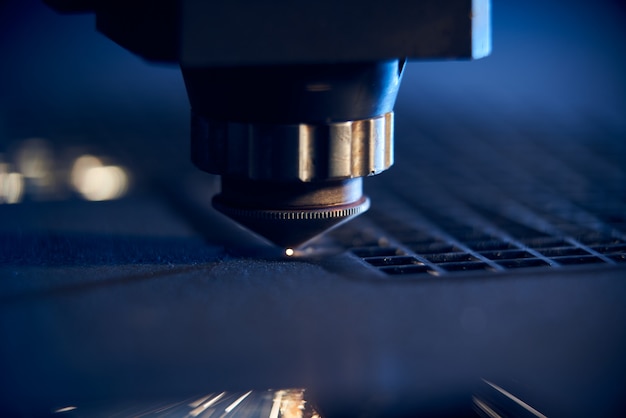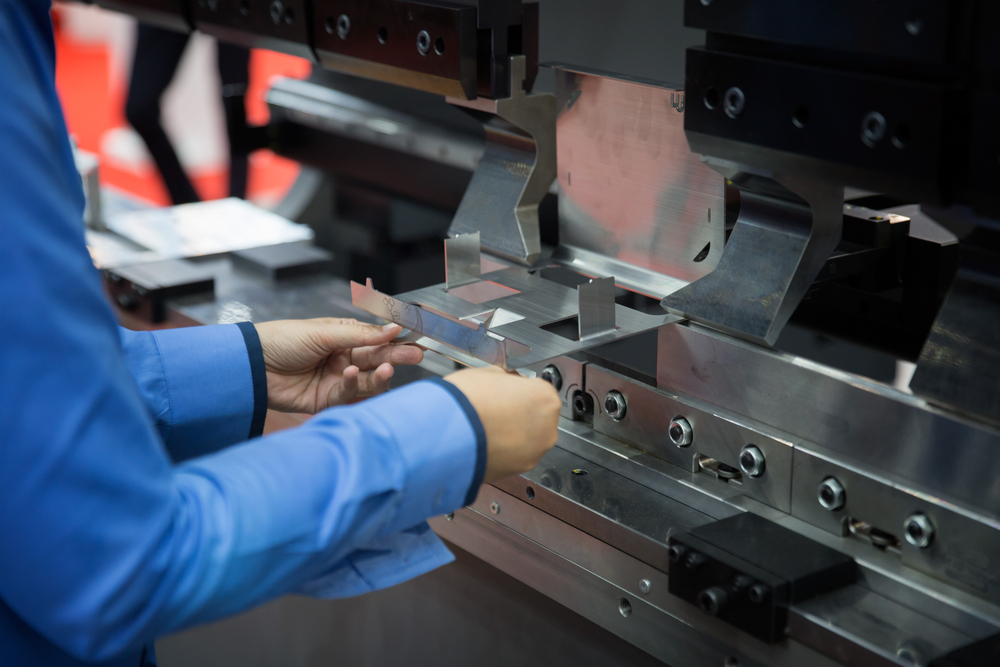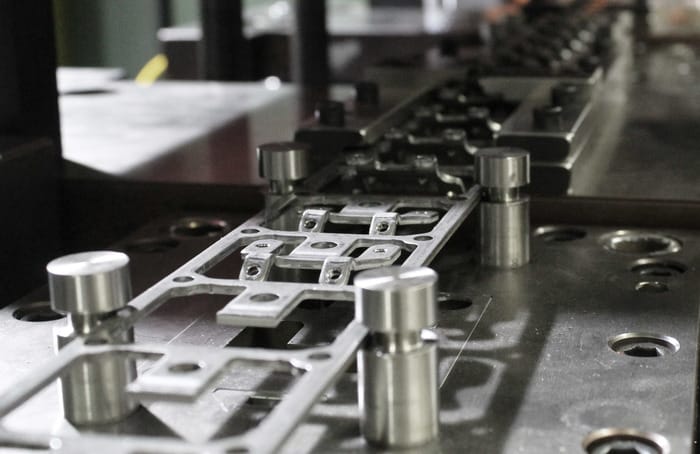Sheet metal stamping equipment has revolutionized the way industries handle metal fabrication. This equipment is essential for creating precise and uniform metal parts, making it a staple in industrial manufacturing. Whether you’re a seasoned manufacturer or new to the world of metalworking, understanding the ins and outs of sheet metal stamping equipment can significantly boost your production efficiency.

Understanding Sheet Metal Stamping Equipment
At its core, sheet metal stamping equipment involves machinery used to transform flat metal sheets into specific shapes. This process is achieved through various techniques, including punching, bending, and embossing. The equipment used in this process is designed to handle high-volume production while maintaining precision and consistency.
Types of Metal Stamping Equipment
1. Mechanical Presses
Mechanical presses are commonly used in sheet metal stamping. They operate using a flywheel that stores energy, which is then transferred to the press slide through a mechanical linkage. These presses are known for their speed and efficiency, making them ideal for large-scale production.
2. Hydraulic Presses
Hydraulic presses utilize a hydraulic cylinder to generate a compressive force. These presses offer greater control over the stamping process, allowing for more complex shapes and designs. They are often used when precision is paramount.
3. Servo Presses
Servo presses are the most advanced type of metal stamping equipment. They combine the benefits of both mechanical and hydraulic presses, offering high speed and precise control. Servo presses are especially useful for intricate and delicate stamping tasks.
Key Components of Sheet Metal Stamping Equipment
1. Die
The die is a crucial component in the stamping process. It consists of two parts: the punch and the die block. The punch is the tool that forces the sheet metal into the die block, which shapes it into the desired form.
2. Press
The press is the machine that houses the die and provides the force needed to shape the metal. It plays a vital role in the accuracy and efficiency of the stamping process.
3. Feeder System
The feeder system is responsible for feeding the sheet metal into the press. It ensures that the metal is correctly aligned and positioned for each stamping operation.
Benefits of Using Sheet Metal Stamping Equipment
Precision and Accuracy
One of the primary advantages of sheet metal stamping equipment is its ability to produce precise and accurate metal parts. This precision is crucial in industries where tight tolerances are required.
High Production Speed
With the right equipment, manufacturers can achieve high production speeds. This efficiency translates to lower production costs and faster turnaround times, giving businesses a competitive edge.
Versatility
Sheet metal stamping equipment is versatile and can be used to create a wide range of products, from simple brackets to complex automotive parts. This versatility makes it a valuable asset in various industries.
Applications of Sheet Metal Stamping Equipment
1. Automotive Industry
The automotive industry relies heavily on metal stamping equipment to produce parts such as body panels, brackets, and engine components. The precision and speed of the equipment are essential for meeting the industry’s high demands.
2. Aerospace Industry
In the aerospace sector, sheet metal stamping is used to manufacture critical components like wing spars and fuselage parts. The equipment’s precision ensures that these parts meet stringent safety and performance standards.
3. Consumer Electronics
Consumer electronics manufacturers use sheet metal stamping equipment to create casings, connectors, and other components. The equipment’s ability to produce intricate designs is vital in this industry.
Choosing the Right Sheet Metal Stamping Equipment
1. Consider Production Needs
Before investing in metal stamping equipment, it’s essential to assess your production needs. Consider factors such as the volume of production, the complexity of designs, and the materials you’ll be working with.
2. Evaluate Equipment Features
Different equipment offers various features such as speed, precision, and automation capabilities. Evaluate these features to ensure they align with your production goals.
3. Cost and Maintenance
Consider the cost of the equipment and its maintenance requirements. While advanced equipment may be more expensive, it could offer long-term savings through increased efficiency and reduced downtime.

FAQs
What is sheet metal stamping equipment used for?
Sheet metal stamping equipment is used to transform flat metal sheets into specific shapes through processes like punching, bending, and embossing.
How does metal stamping equipment work?
Metal stamping equipment works by using a press to force a punch through a sheet metal, shaping it into the desired form using a die.
What industries use sheet metal stamping equipment?
Industries such as automotive, aerospace, and consumer electronics heavily rely on sheet metal stamping equipment for manufacturing precise and complex parts.
For more in-depth information on metal stamping, you can visit this external link. Additionally, check out our guide on garden art and explore repurposed saw blades for creative inspiration.
This article contains affiliate links. We may earn a commission at no extra cost to you.

